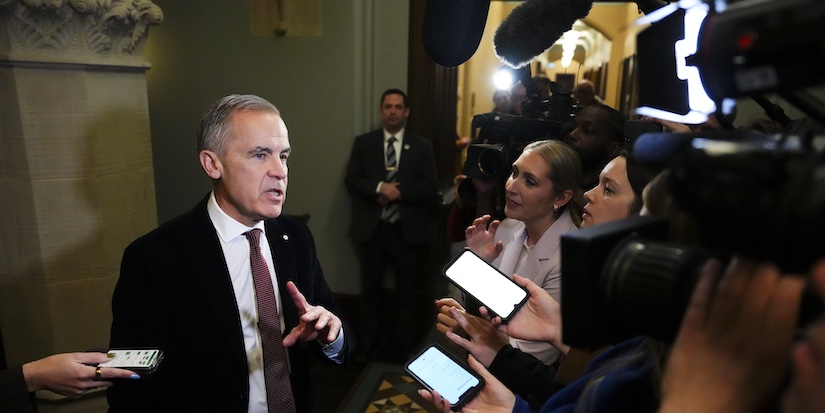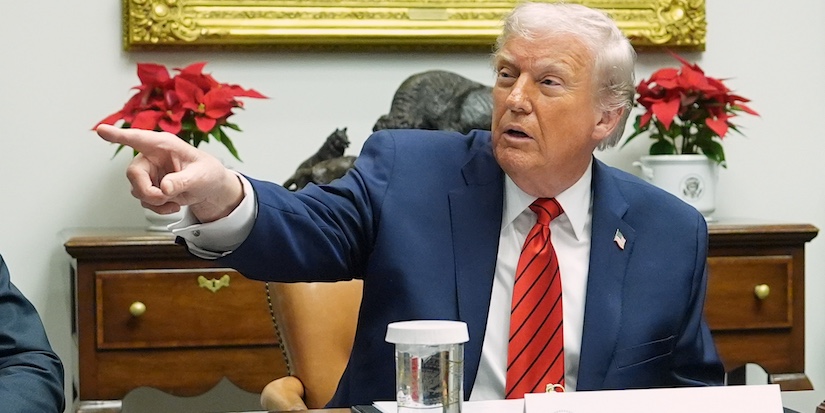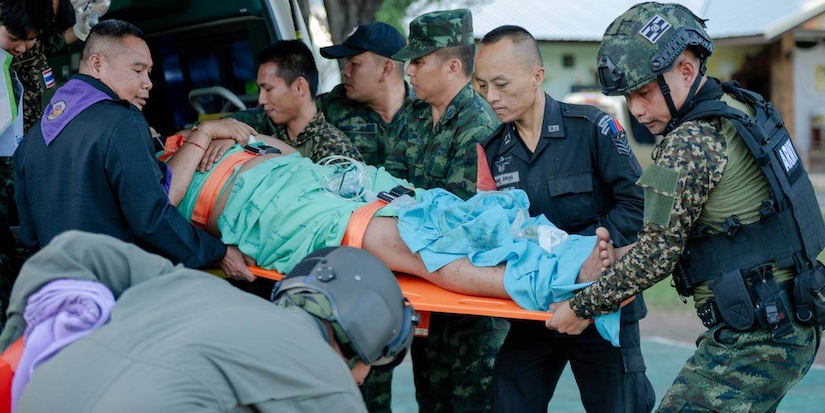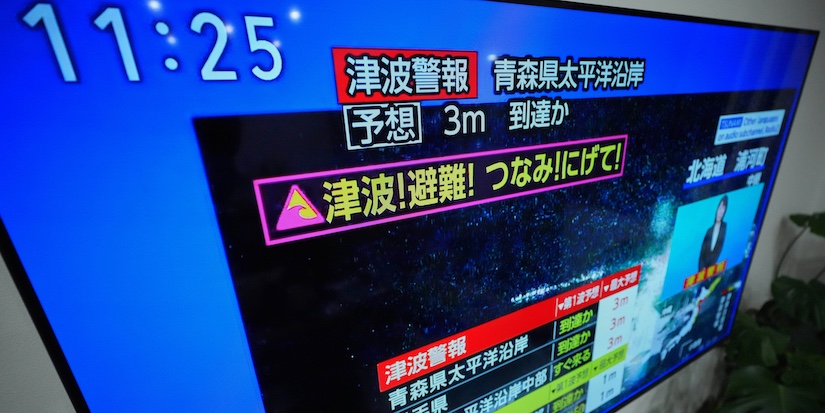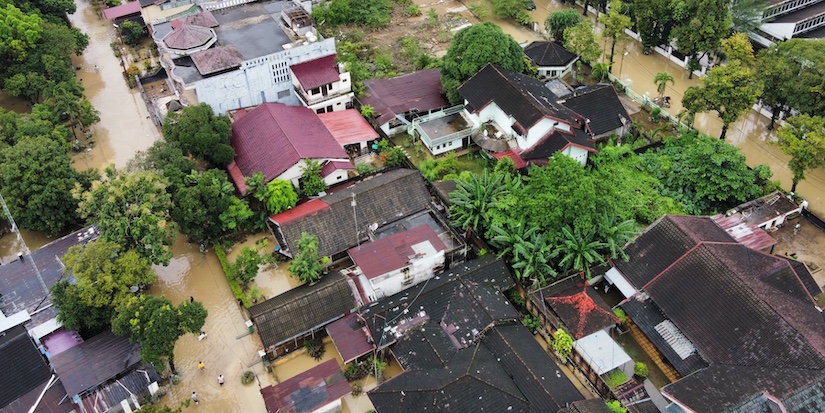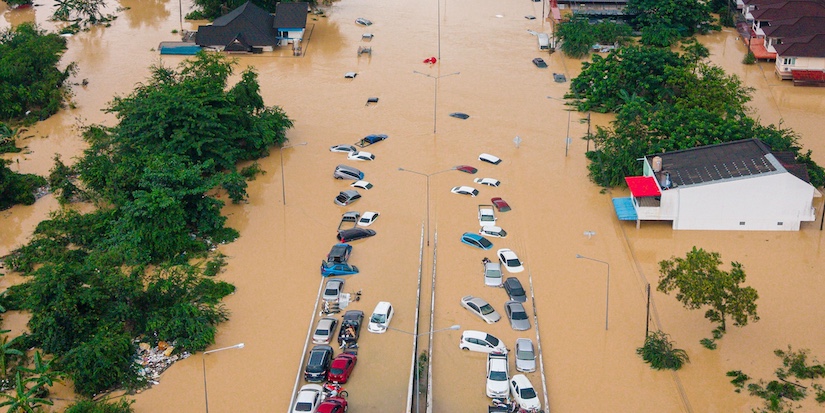Latest News
Physics and food combine for KPU physicist
Published 12:24 PST, Thu February 14, 2019
Last Updated: 2:12 PDT, Wed May 12, 2021
The Sentinel first introduced Dr. James
Hoyland, Kwantlen Polytechnic University researcher and instructor, when he
competed in CBC’s Great Canadian Baking Show.
While he didn’t win, he did share with locals
a winner of a recipe for the Christmas before last.
Researching where physics, engineering and
agriculture intersect, Hoyland’s academic life also strives to put more healthy
food on people’s tables by helping farmers to get the most out of their land
without extra chemicals, extra work, or more water than absolutely necessary.
“We’re looking at teaming up with (KPU’s)
Department of Sustainable Agriculture. We are starting to look at agricultural
applications of this kind of technology, particularly in two main areas, one
in-the-field sensors, networks of sensors for monitoring things like soil
moisture, so farmers can micromanage, different drainage from different bits of
their fields, so they don’t have to water the whole field,” Hoyland says.
Lab test on a chip
The first project is an agricultural version
of a lab on a tiny computer chip. This multifunctional computer chip, similar
to what is used in diabetics’ blood sugar monitors, needs only a tiny bit of
liquid to test for concentrations of different substances. In the case of
diabetics, it measures the amount of sugar in their blood by just using the
tiniest drop of blood. For farmers, Hoyland is creating a low-cost chip that
will give real time reading of water levels, acidity, and nutrient levels in
each area of a field.
With water management becoming a big issue in
times of drought, like last year’s long, hot summer, it is important to
conserve this scarce resource.
Micromanagement can allow for treating just
the small areas within a field that need something extra in terms of acidity,
fertilizer or extra water. It means putting what’s needed where it’s needed
instead of blanketing a field with everything. It saves money, it saves crop
loss and it saves the environment.
While what they are doing isn’t brand new,
KPU’s research aims at the smaller farmer.
“A lot of those things already exist, but
they tend to be for larger farms. They are expensive, (hundreds of dollars
each) and proprietary. We aim to make ours open source so farmers can build it
themselves.”
That means the farmers can have the plans for
free and put it together the way that works best for their farm.
Printable water meters
“It’s a new area for me,” Hoyland says of the
second project he’s working on with a KPU team.
It’s something similar to the chips that vets
put into animals, called passive chips because they need no batteries to sing
out their information when they are pinged with an electronic reader’s radio
signal.
It’s also similar to what stores sometimes
use to prevent theft; a chip stuck to an item that sets off the detectors at
the store’s door.
Grape growers in California, he says, have an
expensive version that’s already proven to be very useful.
“That one is more like a dog microchip. It’s
a little hard capsule embedded into the vine. The vine grows over it and it can
tell things about the plant.”
He hopes to make flexible, compostable
versions of these radio-frequency identification chips for farmers to drop in a
grid pattern in their fields. So they can check on them on a regular basis. The
current prototypes look like black squares with concentric squared circles.
“We are working on passive RFID sensors using
conductive inks. You can print your sensors with special inks. You can put it
into the ground. Its totally passive. You send a radio pulse at it so your
reader can tell what the local conditions are. It lasts maybe a season, then
rots into the ground,” he says.
Because it’s flexible, on paper, Hoyland says
it’s also called a chipless RFID.
“So far, it is a lab bench experiment but we
are hoping to get done soon,” he says.
The first ones have been silk-screened with
an ink that conducts electricity. Hoyland’s group hopes to use an ink jet
printer with biodegradable, food-safe conducting ink.
The shape of the printed coils changes
slightly when wet, so the signal they send back when they are pinged will be
different depending on how wet or dry each spot in the field is. If it’s just a
little dry, the farmer may be able wait out a rainless spell.
Others of these devices can be printed with
something that tells the farmer if the soil is too acidic or not acidic enough.
If that’s off, the nutrients in the soil cannot be used by the growing plants.
“Now, we are working on the inks themselves
to find what is most effective in the field. They have to be a good conductor,
printable, non-toxic and not an environmental contamination,” he says.
The ultimate goal is to have farmers able to
download the sensor they need for free, use their own ink jet printers with
safe electrical ink, so they control the costs of the device and ultimately,
farm cost.
Design criteria
All products need to have the end of their
useful life, their disposal, considered at the time of design, he says.
“Sustainable agriculture is the main driver
of this, but we are trying to bring our physics tools to help manage this in
many ways. We are just starting.”
Hoyland is also enjoying the change from
Kwantlen being a community college to a degree-granting university.
“I’m quite excited about where it’s going.
KPU is an old institution but a new university so the research side is just
starting to come up. That’s actually quite fun so we can decide which way we
are going for ourselves.”
“We just got our second set of students going
through our full degree program in physics. It’s been really fun being at the
starting point, developing those courses from scratch.”
And, if these two KPU projects result in products?
Hoyland says his group is trying to create
tools for smaller farmers, particularly urban farmers, including those in
Richmond.
“Hopefully this will allow them to get those
advantages of yield and better quality crops without having to resort to chemical
fertilizers and pesticides, and preserve water resources.”
Ever the scientist, Hoyland is also
experimenting in his off hours. There is an online forum for fellow
participants in CBC’s Great Canadian Baking Show where they take on a monthly
challenge and post their creations.
For February, he developed an elegant but
easy-to-make cake for that special someone. It’s aimed at someone who has not
baked before.
This has been designed to be easy to make.
For someone looking for a romantic Valentine’s food that doesn’t break the
bank, this might be just the ticket.




















